Description
Botanical name : Capsicum spp.
Incudes: Capsicum annum, Capsicum baccatum, Capsicum frutescens, Capsicum chinense, Capsicum pubescens
Common name : Capsicum, Peppers, Bell Pepper, Chilli, Chilli pepper, Paprika
Intermediate difficulty for seed saving
Lifecycle: Tender perennial, grown as an annual in colder climates
Pollination: Self and insect pollinated
Mating system: Perfect flowers
Suggested spacing: Same as for eating production
Seed specific requirements: none
Isolation distance: 30 metres to 250 metres
Population size: 5 to 10. Viable seed can be produced by a single plant.
Seed maturity: Seed is mature when the fruit is fully ripe and has changed colour to its final ripe colour
Processing method: Scrape seed from fresh mature fruit or from dried fruit
Expected seed viability: 2 to 4 years
Images
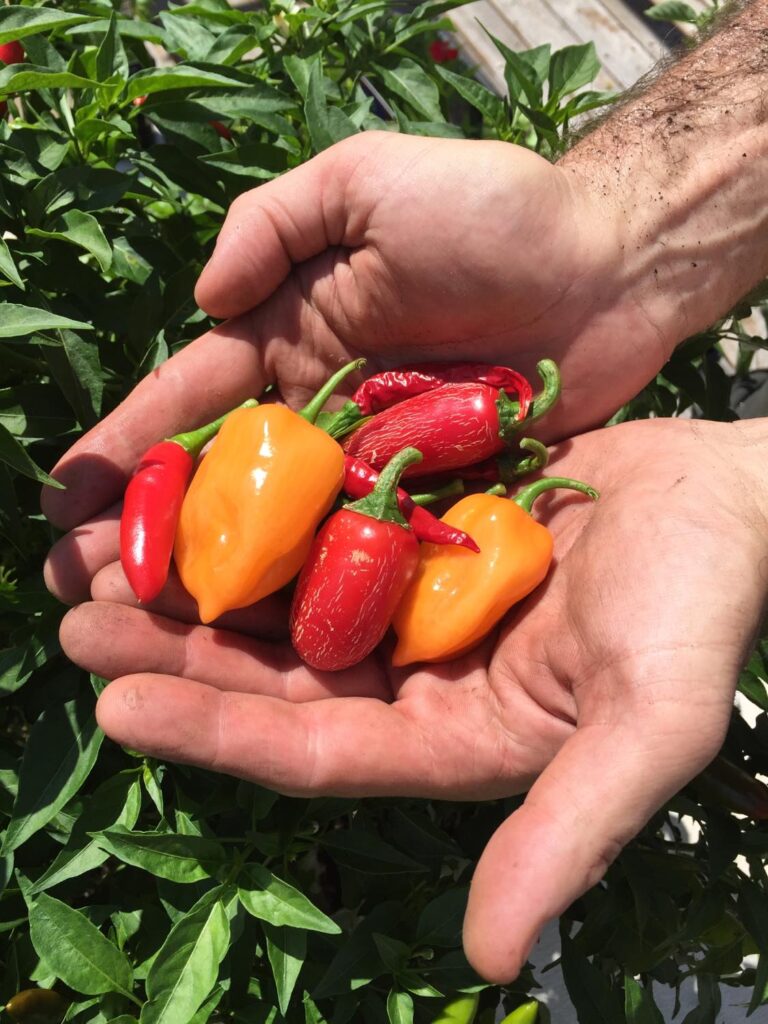
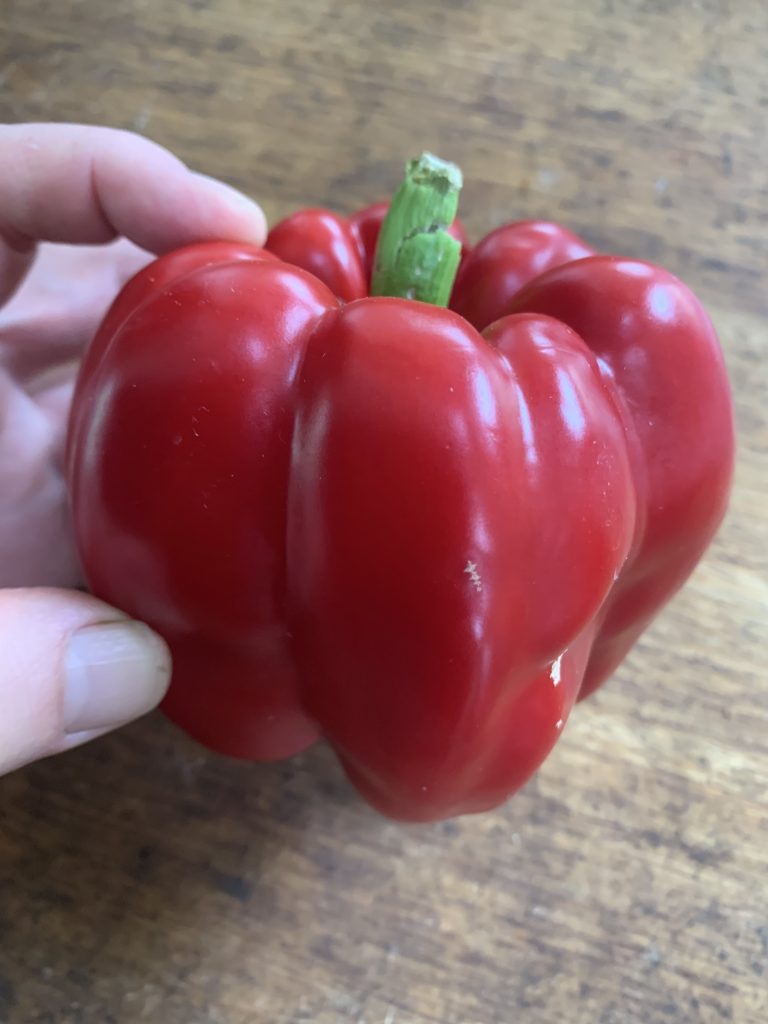

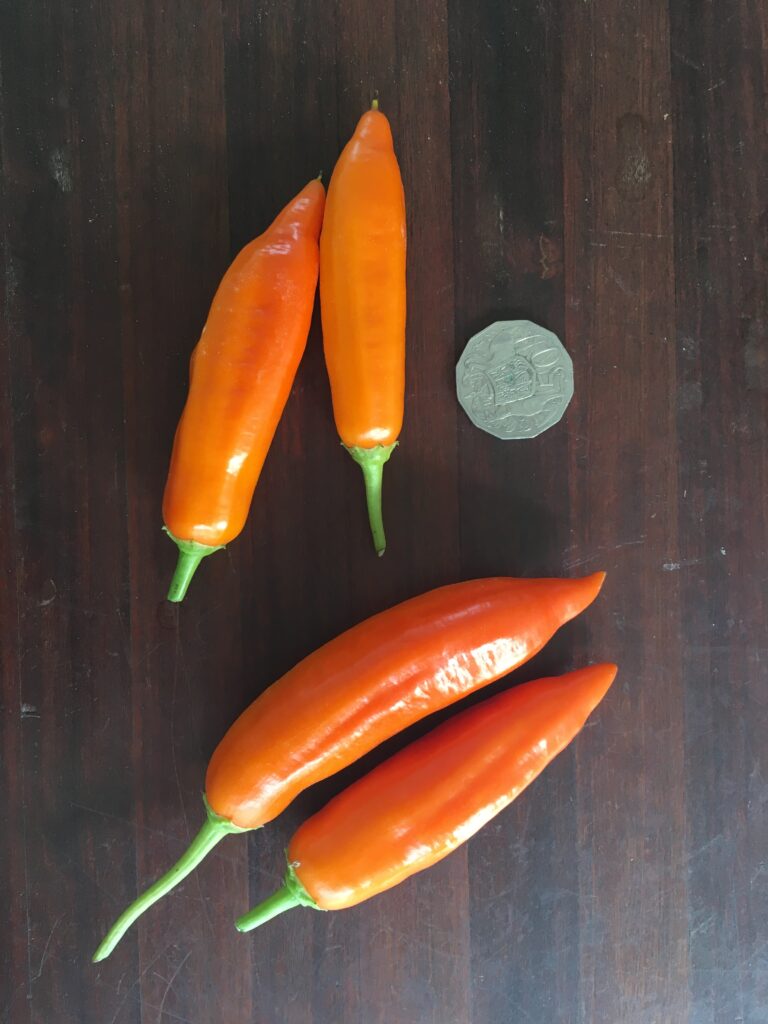
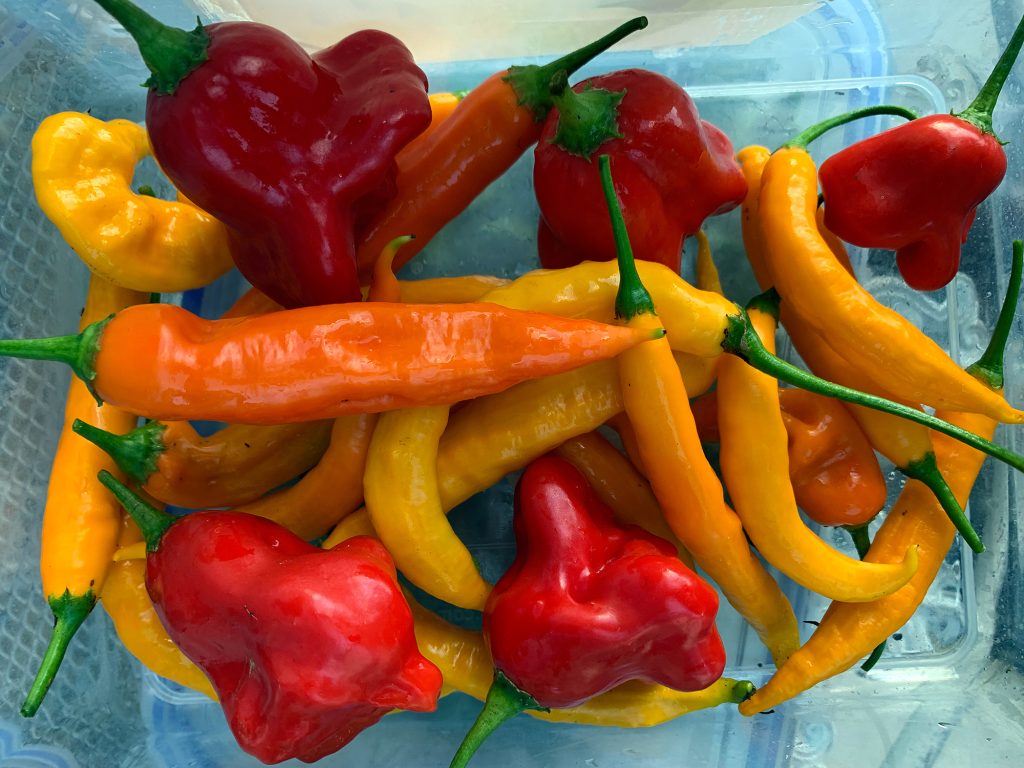
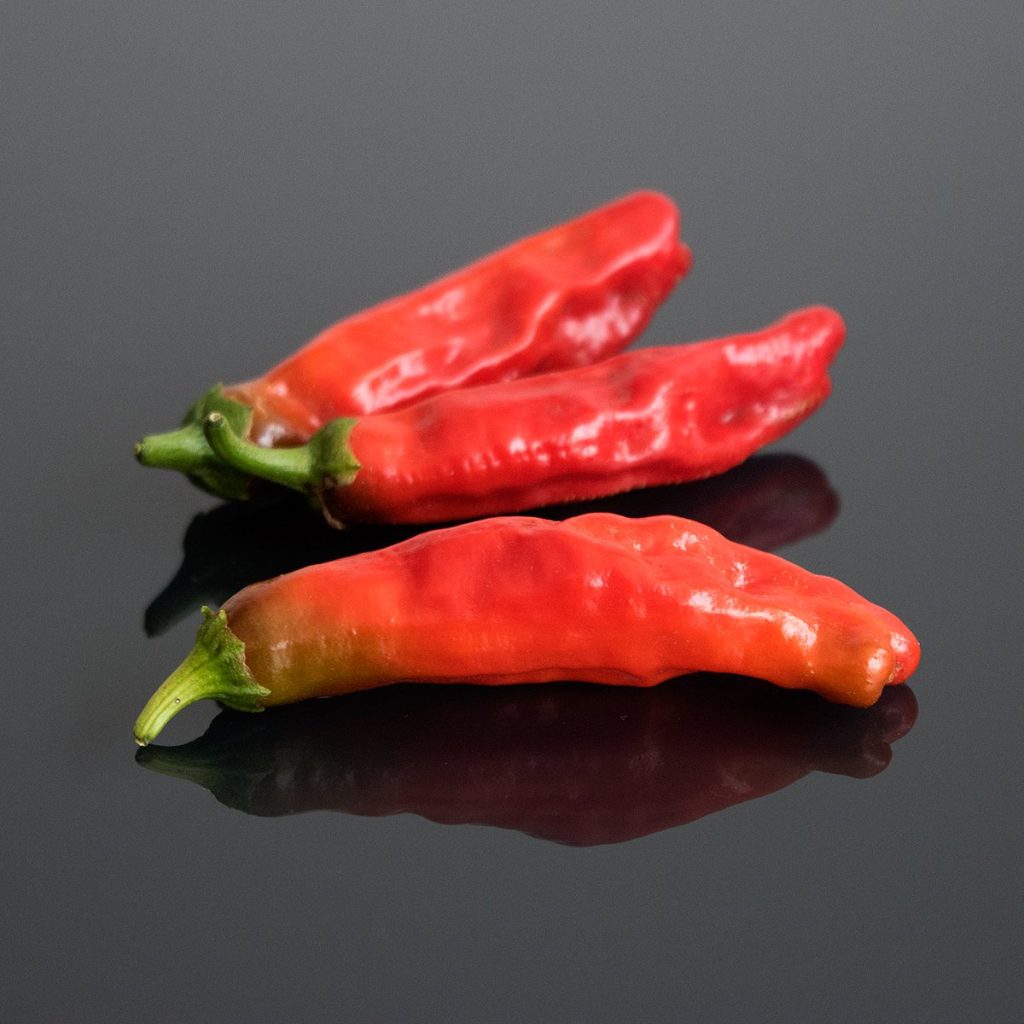
Cultivation
Capsicums and chillies are warm season crops. They prefer soil temperatures above 24 C to germinate. In cooler Southern areas of Australia they are usually grown as an annual crop even though they are perennial in warmer climates.
Growing for seed
There are a number of different species making up the types of capsicums and chillies grown in Australia. Since, with the exception of Capsicum pubescens, they cross and hybridise relatively easily we can treat all the varieties with pale, buff coloured seeds as one group. The black seeded C. pubescens varieties will only cross with other C. pubescens varieties.
As capsicums and chillies can successfully self-pollinate it is possible to grow multiple pale seeded varieties by using netting or caging to exclude pollinating insects. Individual blossoms can also be bagged to ensure they come true-to-type. Moderate distances such as 30 to 50 metres are enough to reduce the risk of cross pollination for most situations.
Caging may not be a successful technique to save seed from multiple C. pubescens varieties as some of these varieties are self-incompatible and cross pollination between several plants is required for good fruit set. If using caging with this species then hand pollination may also be required.
Selection
Selection for seed is usually on the traits of plant habit, fruit size, shape and colour, and sweetness or heat level of the fruit.
Harvest
Seed harvest can occur as soon as the fruit has changed to its mature colour. Fruits that ripen from green to red will contain mature seed only after they reach the red stage.
Fruits can be further ripened after harvest at room temperature and out of direct sunlight. Seeds will continue to mature during this holding period but care should be taken that the fruit do not start to rot.
Processing
Fresh fruits can be cut open and the seeds scraped out and spread for drying.
WARNING: Gloves and eye protection should be used when processing chillies for seed.
Contributors
Liz Worth, Nellie Pryke
